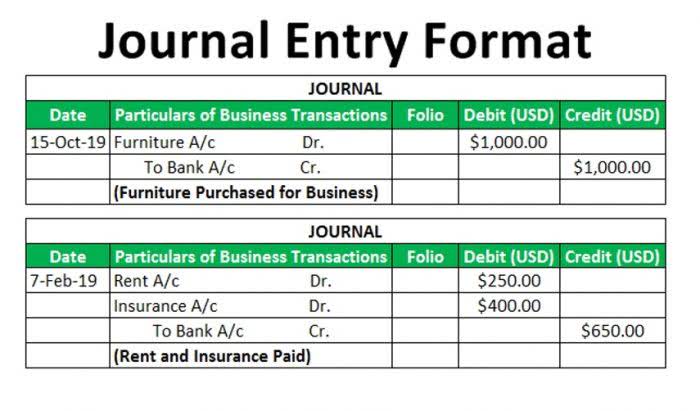
The first entrycloses revenue accounts to the Income Summary account. The secondentry closes expense accounts to the Income Summary account. Permanent accounts, such as asset, liability, and equity accounts, remain unaffected by closing entries. These accounts, including examples like cash, accounts receivable, accounts payable, and retained earnings, carry their ending balances into the next accounting period and are not reset to zero, unlike temporary accounts. The four closing entries are, generally speaking, revenue accounts to income summary, expense accounts to income summary, income summary to retained earnings, and dividend accounts to retained earnings.
Why Close the Books?
Permanent accounts, also known as real accounts, do not require retained earnings balance sheet closing entries. Examples are cash, accounts receivable, accounts payable, and retained earnings. These accounts carry their ending balances into the next accounting period and are not reset to zero.
Closing Entry in Accounting: Definition, Example, and Best Practices
- You can report retained earnings either on your balance sheet or income statement.
- Income summary is a holding account used to aggregate all income accounts except for dividend expenses.
- Notice the balance in Income Summary matches the net income calculated on the Income Statement.
- This trial balance gives the opening balances for the next accounting period, and contains only balance sheet accounts including the new balance on the retained earnings account as shown below.
When dividends are declared by corporations, they are usually recorded by debiting Dividends Payable and crediting https://www.bookstime.com/ Retained Earnings. Note that by doing this, it is already deducted from Retained Earnings (a capital account), hence will not require a closing entry. Temporary accounts include all revenue and expense accounts, and also withdrawal accounts of owner/s in the case of sole proprietorships and partnerships (dividends for corporations). Sum up the preliminary ending balances from the last step to make a trial balance. A trial balance is a report that adds up all the credits and debits in your business. You want your total credits to be the same number as your total debits—if they aren’t, go back and check your work.
- The purpose of the income summary is to show the net income (revenue less expenses) of the business in more detail before it becomes part of the retained earnings account balance.
- In other words, the temporary accounts are closed or reset at the end of the year.
- These journal entries condense your accounts so you can determine your retained earnings, or the amount your business has after paying expenses and dividends.
- During the accounting period, you earned $5,000 in revenue and had $2,500 in expenses.
- Answer the following questions on closing entries and rate your confidence to check your answer.
- To close that, we debit Service Revenue for the full amount and credit Income Summary for the same.
Ask a Financial Professional Any Question

In step 1, we credited it for $9,850 and debited it in step 2 for $8,790. “The books” are a company’s record of financial transactions. The records are used to generate reports that tell an owner how much money flows in and out of closing entries their business.
Permanent versus Temporary Accounts
- The closing entries are the journal entry form of the Statement of Retained Earnings.
- The end result is equally accurate, with temporary accounts closed to the retained earnings account for presentation in the company’s balance sheet.
- A closing entry is an accounting term that refers to journal entries made at the end of an accounting period to close temporary accounts.
- By leveraging automated systems, businesses can ensure that all tasks related to closing entries are handled seamlessly, reducing manual effort and minimizing errors.
- Chartered accountant Michael Brown is the founder and CEO of Double Entry Bookkeeping.
- It is temporary because it lasts only for the accounting period.
The use of closing entries resets the temporary accounts to begin accumulating new transactions in the next period. Otherwise, the balances in these accounts would be incorrectly included in the totals for the following reporting period. The balance in dividends, revenues and expenses would all be zero leaving only the permanent accounts for a post closing trial balance.

So, even though the process today is slightly (or completely) different than it was in the days of manual paper systems, the basic process is still important to understand. Closing journal entries are made at the end of an accounting period to prepare the accounting records for the next period. They zero-out the balances of temporary accounts during the current period to come up with fresh slates for the transactions in the next period. The balance sheet’s assets, liabilities, and owner’s equity accounts, however, are not closed.

Afterwards, withdrawal or dividend accounts are also closed to the capital account. To close expenses, we simply credit the expense accounts and debit Income Summary. These finalized reports show a business’s financial position over a certain accounting period—whether a month or an entire year. It’s easier to make adjustments to journal entries when you use accounting software with connections to expert bookkeepers and tax prep services. Adjusting entries record items that aren’t noted in daily transactions.
Do you already work with a financial advisor?

Once adjusting entries have been made, closing entries are used to reset temporary accounts. These permanent accounts form the foundation of your business’s balance sheet. However, you might wonder, where are the revenue, expense, and dividend accounts? These accounts were reset to zero at the end of the previous year to start afresh. On expanding the view of the opening trial balance snapshot, we can view them as temporary accounts, as can be seen in the snapshot below.
Lascia un commento